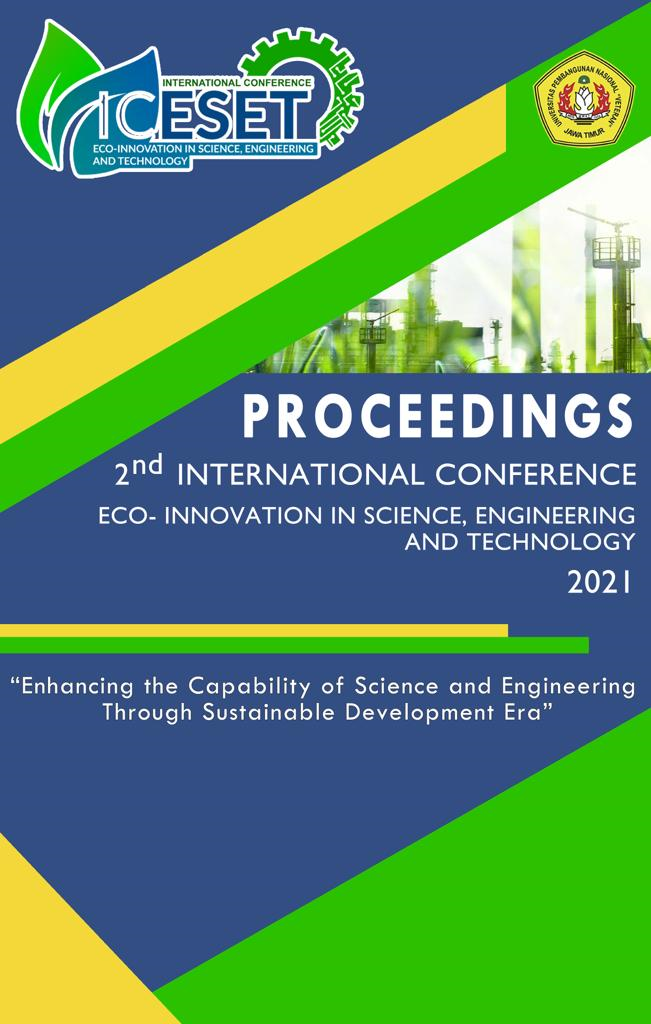Charactherization Analog Rice based of White Canna Strach Adding with Soy Flour (Glicine Max) and Glycerol Monostearate
DOI:
https://doi.org/10.11594/nstp.2021.1408Keywords:
Analog rice, extrusion cooking, white canna, glycerol monostearate, soybean flourAbstract
This research was aimed to analize the characteristics of analog rice made from white canna starch fortified with soybean flour and Glycerol Monostearate (GMS). The experimental design used was a completely randomized design (CRD) with two factors. The first factor is the proportion of white canna starch and soybean flour, the second factor is the concentration of the addition of GMS. The results of the analysis of raw materials showed that the water content of canna starch was 8.46%; ash content of 1.54%; starch content of 70.43%; amylose by 20.22% and amylopectin by 50.21%. The results of the analysis of the moisture content of soybean flour are 10.85%; ash content of 2.04%; and 39.18% protein content. The results of analog rice analysis showed that there was a significant interaction in the analysis of ash content, kamba density and protein content. The interaction results were not significant from the analysis of water content, rehydration power, expansion volume, starch content, amylose content and amylopectin content although each treatment showed significant differences. Sensory analysis was performed on analog rice. The results of sensory analysis of the aroma, taste, color and texture of analog rice obtained the best results at the proportion of 24% soy flour with the addition of 2% GMS. The results showed a moisture content of 7.18%, ash content of 1.9%5, protein content of 14.05%, starch content of 65.79%, amylose 18.81%, amylopectin 46.97%, rehydration power 67 (g/ml), kamba density 55.3 (g/ml). ml), and the expansion volume was 116.67 g/ml.
Downloads
Downloads
Published
Conference Proceedings Volume
Section
License
Copyright (c) 2021 Jariyah, Sri Winarti, Yushinta Aristina Sanjaya, Setyandari Ayu Larasati

This work is licensed under a Creative Commons Attribution 4.0 International License.
Authors who publish with this proceedings agree to the following terms:
Authors retain copyright and grant the Nusantara Science and Technology Proceedings right of first publication with the work simultaneously licensed under a Creative Commons Attribution License that allows others to share the work with an acknowledgement of the work's authorship and initial publication in this proceeding.
Authors are able to enter into separate, additional contractual arrangements for the non-exclusive distribution of the proceedings published version of the work (e.g., post it to an institutional repository or publish it in a book), with an acknowledgement of its initial publication in this proceeding.
Authors are permitted and encouraged to post their work online (e.g., in institutional repositories or on their website) prior to and during the submission process, as it can lead to productive exchanges, as well as earlier and greater citation of published work (See the Effect of Open Access).














